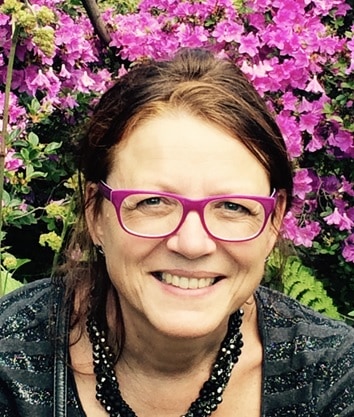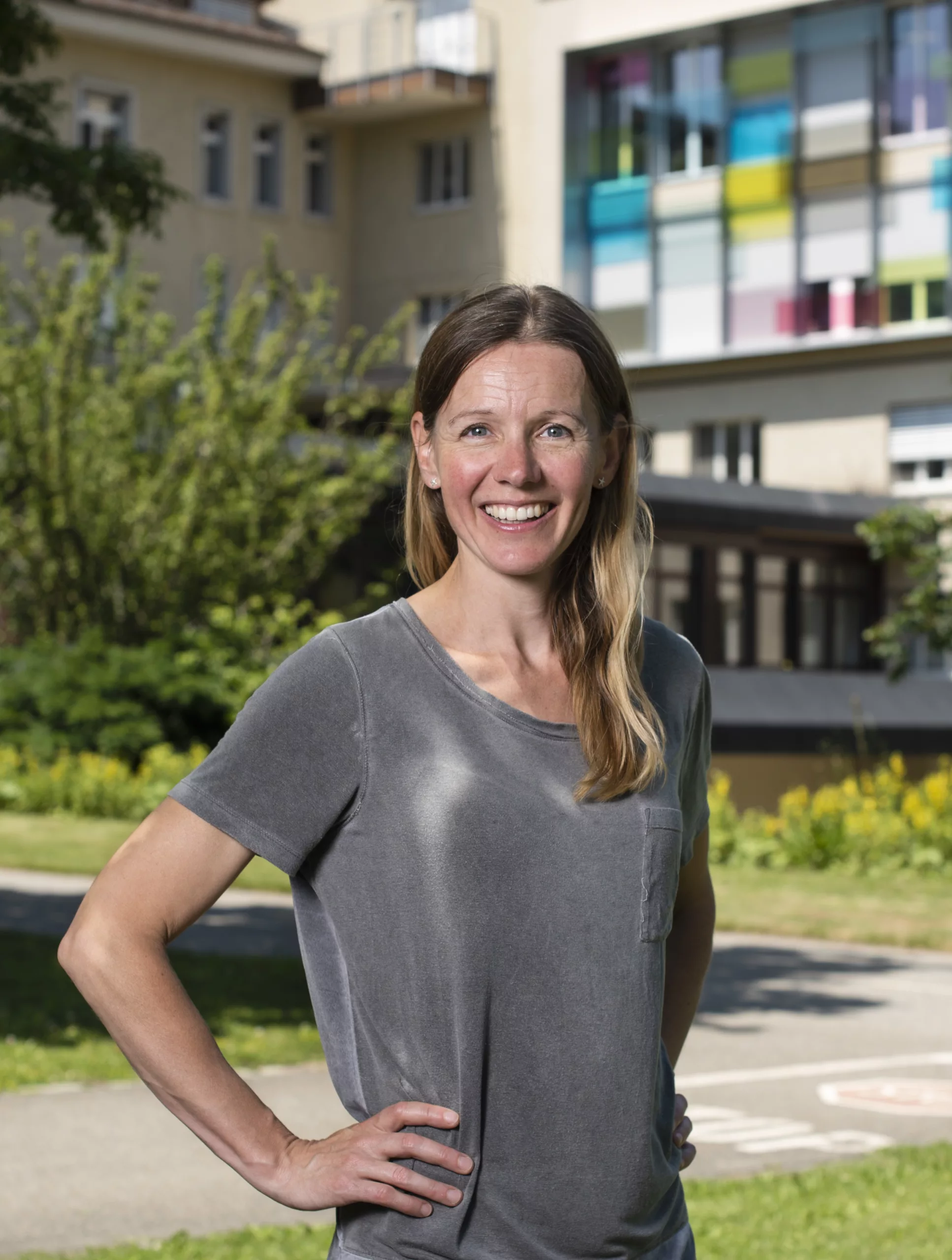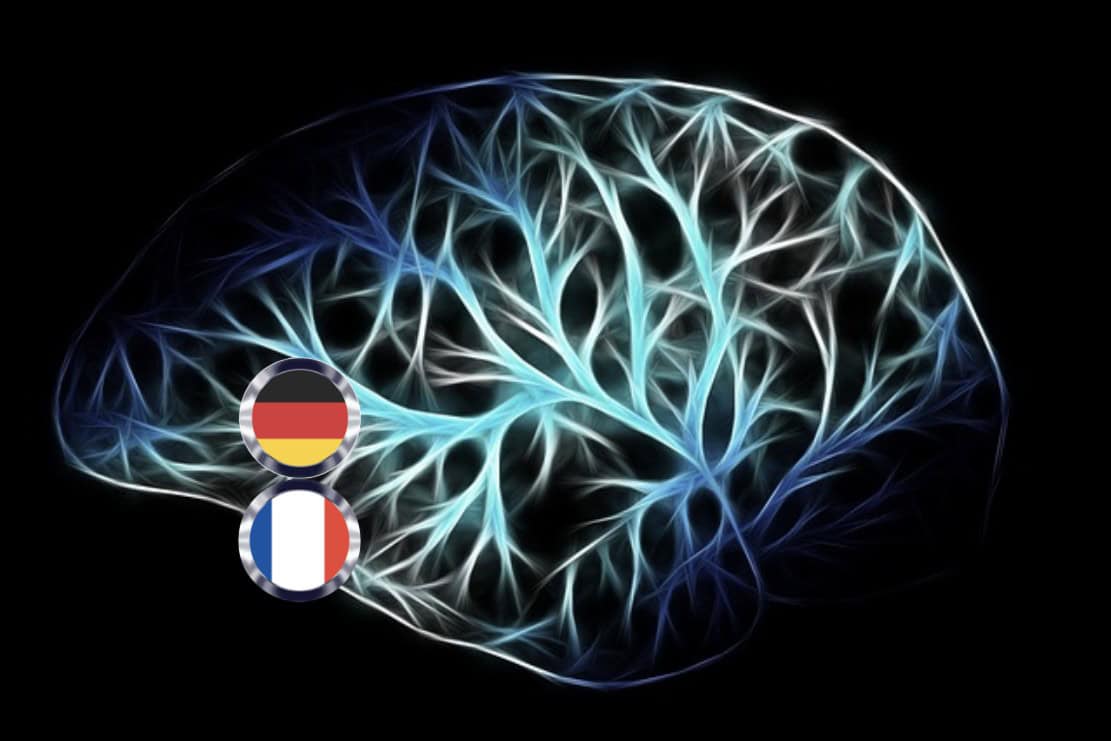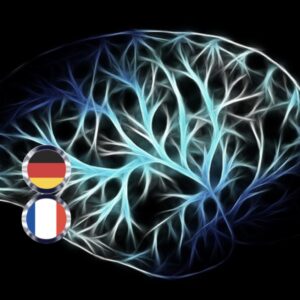BASIC
Central and autonomic nervous system:
Structure, function, lesions and plasticity
Your central nervous system determines who you are!
It is highly complex and subject to constant change. If it is damaged, it recovers, or not, depending on the location of the damage. Without the central nervous system, there can be no movement, feelings or perception.
All reasons enough to want to understand it. And that's exactly what you can do with this basic course!
Course content
This basic course provides up-to-date knowledge of the anatomy, physiology and pathophysiology of the central nervous system. This also includes neuroplasticity and its relevance for working with people after brain lesions. To help you remember the theoretical content, there are always practical examples. This allows you to directly link what you have learned and store it better in your memory.
The consequences of a brain lesion affect the lives of the affected individuals and families. The more you as a professional know about the functions of the central nervous system, the better you will understand the behavior of your clients. This knowledge helps you to adapt your treatments to the needs of your clients at any given moment in order to optimally support their neuroplasticity.
Course part 1 | Central nervous system
- Introduction to the topic
- Brain cells and connectome
- Sections of the brain
- Meninges and cranial nerves
- Ventricles and cerebrospinal fluid system
- Spinal cord and pathway system
- Short knowledge check
Course part 2 | Autonomic nervous system
- Introduction to the topic
- Sympathetic nervous system
- Parasympathetic nervous system
- Interaction between sympathetic and parasympathetic nervous system
- Enteric nervous system
- Short knowledge check
Course part 3 | Neuroplasticity
- Introduction to the topic
- Function and neuroplasticity
- Neuroplasticity after brain lesion
- Planning, execution and control
- Motivation and activity
- Right and left hemisphere
Course part 4 | Final test
Therapists from all areas
Doctors and physicians
Curative educators
Movement scientists
Nurses
360-500 minutes learning time
Handout included
available for 6 months from booking
Meet the teachers

Nora Kern, MSc PT, OMPT
As a lecturer in neurorehabilitation for many years, I was familiar with the situation where some theoretical knowledge could no longer be reliably recalled after years of practical work. That's why we want this course not only to refresh previously acquired knowledge, but also to link it with current research findings and, above all, practical examples: stories and metaphors help to understand and remember content. Neuroscience is always fascinating! We have deliberately presented it in a different way than you usually find in books: Have fun learning about the brain interactively with the Fox.

Dr. Petra Marsico, PT
As a physiotherapist and researcher, I am fascinated by the complexity of the central nervous system. The more I know about it, the better I can support my young patients and their families. That is why we have prepared the latest findings on the function of the central nervous system and neuroplasticity with practical relevance in this course.
Infovideo
Central and autonomic nervous system
Training points
and
Certificate
You will receive the following training points for this course

- German Association of Occupational Therapists (DVE): 10 points
- German Association of Physiotherapy (ZVK): 10 points

- Umbrella organization of medical-technical services (MTD): 10 teaching units*

- Ergoverband Schweiz (EVS): 8 points
- Physioswiss: 8 points
- Pediatrics Switzerland: 8 CME credits
After completing the course, you will automatically receive a personal certificate that you can use as proof of your training
* Our confirmation of participation can be submitted to your professional association as part of an application for the MTD-CPD certificate.


